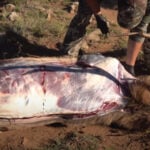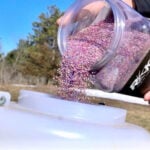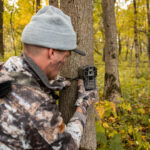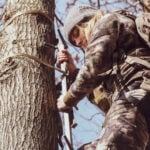The concentration, adrenaline, and anticipation experienced the moment before the arrow is released is unparalleled in the sport of bowhunting. A season’s hopes and dreams are hanging on the touch of the trigger. However, without a well-placed arrow all the work a hunter has put into making that moment a reality could be lost. For bowhunters, few things are more imperative than a detailed understanding of shot placement for deer when it comes to the hunt.
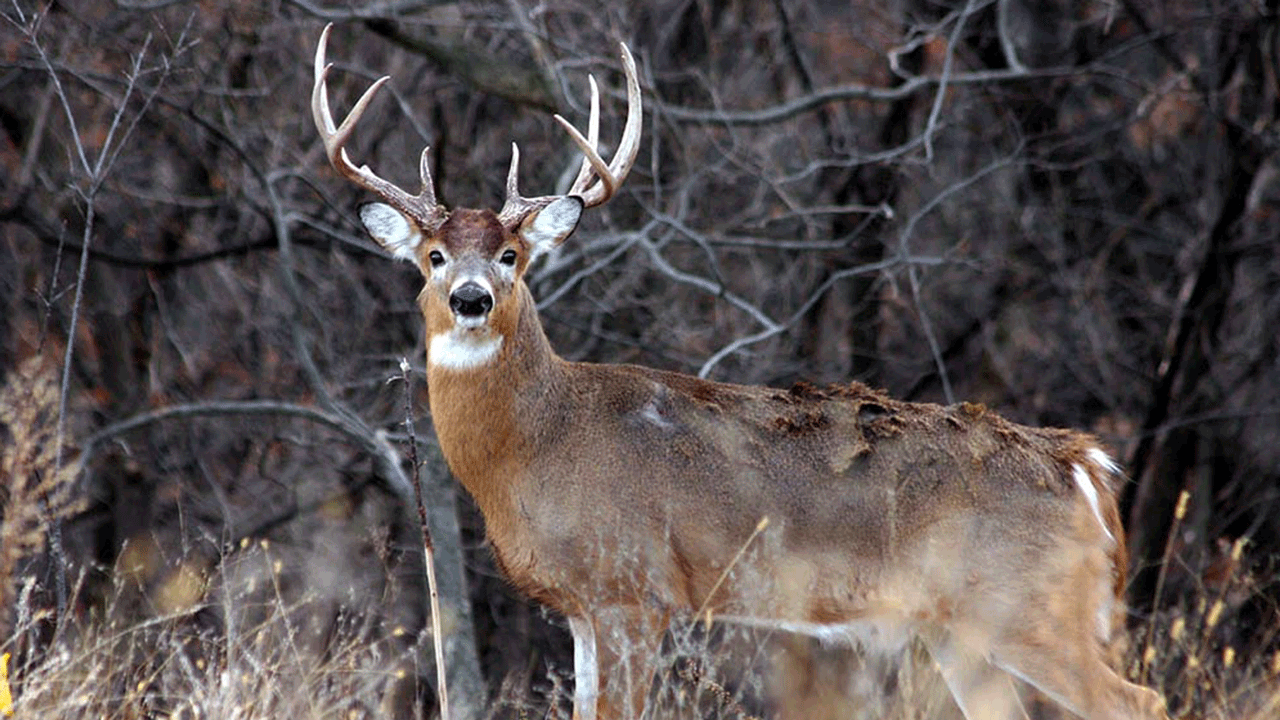
Success comes down to how you handle shot placement. Do you know when, and when not to shoot?
Bullet vs Broadhead
Many hunters learn about shot placement at a young age as they tote around their first .22 or deer rifle. While both a broadhead or a bullet can be an effective tool to take down big game animals, the difference in force between the two becomes a major factor when striking bone. A bullet will have little problem crushing or penetrating bone, while broadheads have a much higher risk of deflecting or experiencing significantly less target penetration when contacting bone and heavy muscle.
The kinetic energy transferred from a bullet to an animal causes tissue trauma well beyond the initial wound, increasing the effectiveness of the shot. Archery equipment, on the other hand, delivers much less force to its target. As a result, broadheads kill by hemorrhage rather than the often incapacitating force of a well-placed bullet. In order to be ethical and effective with their equipment, bowhunters need to be aware of their target animal’s anatomy to know where to place an arrow.
Deer Anatomy and the Vitals
The heart and lungs, located in the chest cavity behind the deer’s shoulders, should be the target of any hunter. Ethically speaking, no other shot presented to a bowhunter should be taken.
As mentioned broadheads kill through hemorrhaging; and no other area of the deer offers the greatest concentration of veins and arteries than the heart and lung area. The more veins and arteries that are severed, the faster the deer loses blood pressure, and as a result consciousness– quickly leading to death. Additionally, an arrow sent through both lungs, commonly referred to as a double-lung shot, causes both lungs to collapse; which cuts off the supply of oxygen to the animals brain, resulting in a quick death.
Aside from the heart and lungs, liver hits, as well as shots to the intestines and paunch, also kill a deer—though they are less efficient and provide a more difficult blood trail to follow. The liver is located behind the lungs and in front of the intestines and paunch. As a blood rich organ, a direct hit to the organ can be quickly fatal. However, most liver hits only strike a portion of the organ due to its uneven position in a deer’s body—requiring a longer period of time for the deer to expire. “Gut shot” deer, or those shot in the paunch or intestines, will take even longer to expire while often leaving behind a sparse blood trail to follow.
Knowing and executing the basic shot angles is a necessary skill that all ethical bowhunters should master before heading to the field. The more time you spend practicing these angles, the less time you will spend tracking poorly hit deer.
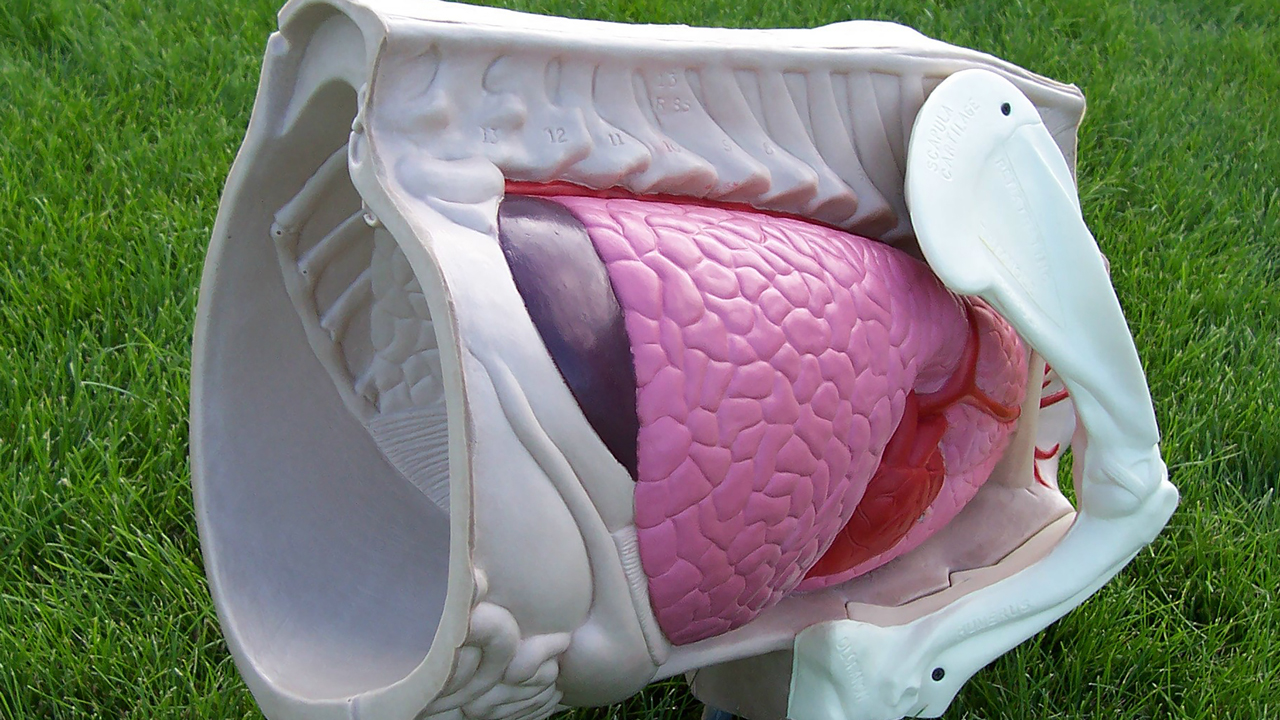
Do you know how the vitals are layed out on the animal you’re hunting? Photo: NBEF
Broadside
Every bowhunter daydreams about watching a buck clear the last bit of brush and enter their shooting lane, presenting the perfect broadside shot. The perpendicular angle of a broadside shot gives the hunter a wide-view of the deer’s vitals, creating an ideal opportunity for an ethical kill.
At ground-level, hunters should aim several inches behind the crease of the front leg, and about 1/3 of the way up the deer. From a treestand or elevated blind, shot angles change and so too should a hunter’s point of aim. In this situation, hunters should adjust their aim to the vertical mid-point of the animal rather than the bottom third, if the deer is calm and unlikely to react to the sound of the shot. A properly executed shot will often result in a double-lung or heart and lung hit that will quickly and humanely put down any big game animal.
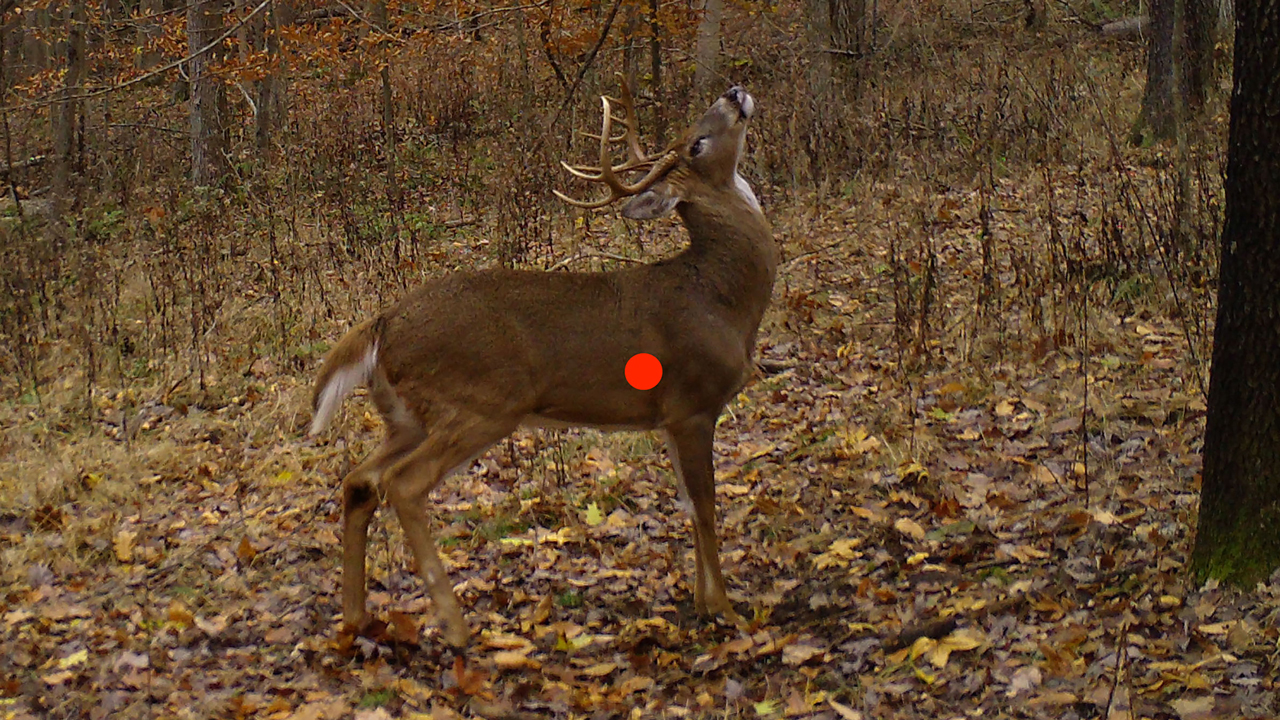
The broadside money shot is what bowhunters dream about.
Quartering Away
The quartering away angle is another preferred shot in bowhunting. A slight to moderate quartering away angle pushes the shoulder blade and leg bone forward, allowing for more vitals to be exposed. However, as the angle gets sharper, the target area shrinks.
To adjust to a quartering angle, most bowhunters “aim for the exit”. In other words, visualize where you need the arrow to exit to execute a double-lung shot, then anticipate an aiming point on the near side of the deer that allows for you to hit your desired exit. On a quartering away shot, the off-side shoulder is often the intended exit. In order to hit this mark point of aim generally around the middle of the deer, shifting slightly depending on the severity of the angle.
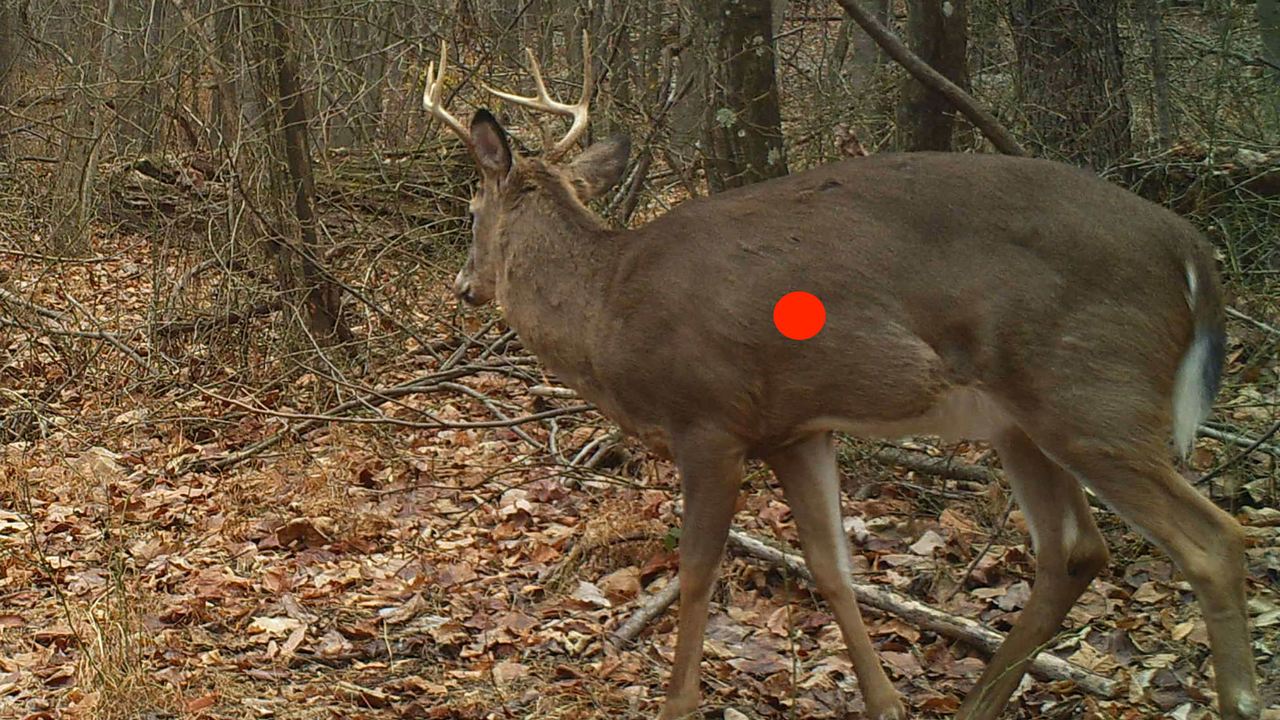
The Quartering Away Shot
Quartering Toward and Frontal Shots
On a quartering-to shot, the shoulder blade and leg bone cover some of the deer’s vitals, creating a much smaller margin of error than the broadside or quartering away shots. An extremely slight quartering-to angle can provide an ethical shot, however, that window quickly closes if the angle become more severe. Even with today’s amped up archery equipment, hunters should avoid trying to punch through bones and the thick muscles found in the shoulder area.
Frontal shots offer only a softball size picture of the vitals. Even though that sounds like a target you can hit all day long in your backyard, a field situation with a live target is much different. The ability of the archer and his equipment are the ultimate decider when it comes to these more controversial shots. That being said, frontal shots and hard quartering shots are not advised—especially for new bowhunters.
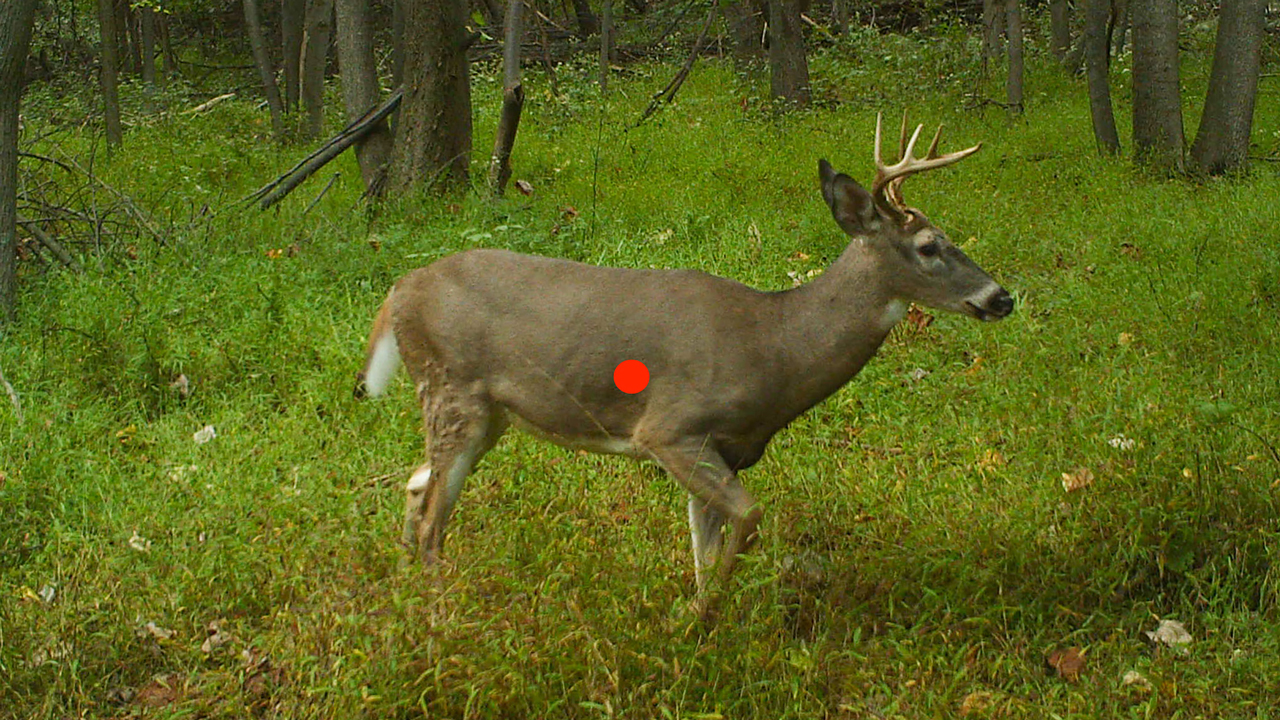
This shot can be deceiving. While the deer may appear broadside, a slight quartering-to stance can cause trouble for hunters.
String Jumping
When alarmed, deer “load their legs” by dropping their body down as they prepare for a quick acceleration away from danger. The sudden drop of the deer’s body, often called “jumping the string”, can cause the arrow to hit high.
Hunters should aim closer to the bottom of the kill zone if a deer is further than 20-25 yards. If the deer does not move, the shot will still be in the boiler room. However, this creates the margin of error hunters need if the deer does drop. Deer closer than 20 yards are unlikely to have enough time to significantly react to the shot.
Practice
Short blood trails always begin in the backyard. Adequate practice and familiarity with your archery equipment may be the most determinative factor to executing a shot in the heat of the moment.
Quality practice should include simulations of hunting situations; such as shooting from an elevated treestand, off-balance shots, and positioning targets at different angles. 3-D targets are extremely beneficial for hunters as they allow shooters to visualize the trajectory of their arrow through a deer on quartering shots.
Regardless of what situation you run into in the field, it is important to remember that you are the gatekeeper of your arrow—it only flies if you send it. So, make sure that you are completely comfortable with your shot selection before touching off the trigger. You owe that to the animal you are hunting—as well as to yourself.

 By
By 